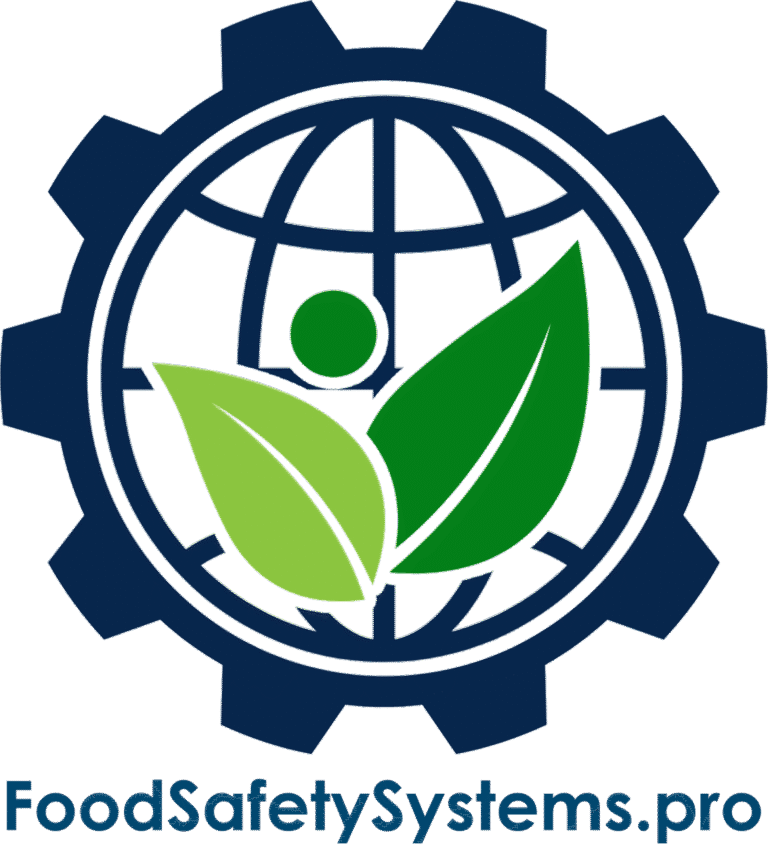Product Development Process
Aligned with SQF Code Edition 9 – System Element 2.3.3
Requirement Overview
SQF Code Edition 9, System Element 2.3.3, outlines the following:
“Where product development is conducted, documented procedures shall be established and maintained to ensure food safety and quality requirements are met.”
A structured approach to product development ensures safe, compliant, and market-ready products.
Disclaimer: Food Safety Systems is not affiliated with or endorsed by the Safe Quality Food Institute (SQFI). This article references SQF Code for educational purposes only. For official SQF documentation, visit www.sqfi.com.

Key Compliance Objectives
-
✓ Create a formalized development procedure from concept to launch
✓ Include risk assessments and validations at all phases
✓ Integrate regulatory and food safety controls into workflows
✓ Maintain approval checkpoints and documented decisions
Step-by-Step Implementation Guide
1. Establish a Phase-Gate Development Process
-
Each stage of product development should follow a gated process, including:
Phase
Activities
Concept
Marketing brief, preliminary food safety evaluation
Formulation/Design
Ingredient sourcing review, allergen and label impact analysis
Prototype Testing
Shelf-life testing, process capability validation
Commercialization
Final specification sign-off, HACCP integration, production approval
Evidence to Maintain:
-
• Documented product development procedure
• Phase completion forms and approval checklists
| Phase | Activities |
|---|---|
| Concept | Marketing brief, preliminary food safety evaluation |
| Formulation/Design | Ingredient sourcing review, allergen and label impact analysis |
| Prototype Testing | Shelf-life testing, process capability validation |
| Commercialization | Final specification sign-off, HACCP integration, production approval |
- • Documented product development procedure • Phase completion forms and approval checklists
2. Implement Food Safety Controls in Development
-
Risk Evaluation Areas:
-
• Ingredient risks (e.g., allergens, novel ingredients)
• Changes to processing methods or equipment
• Migration risks from new packaging materials
Evidence to Maintain:
-
• Risk assessment documentation
• Test data from validation activities (e.g., microbial, shelf life, thermal)
- • Ingredient risks (e.g., allergens, novel ingredients) • Changes to processing methods or equipment • Migration risks from new packaging materials
- • Risk assessment documentation • Test data from validation activities (e.g., microbial, shelf life, thermal)
3. Create an Approval Workflow with Sign-Offs
-
Roles for Approval at Key Stages:
Gate
Required Approvers
Concept
R&D, QA, Marketing
Formulation
Regulatory, Food Safety Team
Commercialization
SQF Practitioner, Operations/Plant Manager
Evidence to Maintain:
-
• Signed approval records (manual or electronic)
• Change control logs and revision summaries
| Gate | Required Approvers |
|---|---|
| Concept | R&D, QA, Marketing |
| Formulation | Regulatory, Food Safety Team |
| Commercialization | SQF Practitioner, Operations/Plant Manager |
- • Signed approval records (manual or electronic) • Change control logs and revision summaries
4. Train Team and Review Post-Launch Performance
-
Training Topics:
-
• SQF Code requirements for product development
• Risk analysis and documentation practices
• Regulatory awareness and compliance checkpoints
Evidence to Maintain:
-
• Completed training logs and certifications
• Post-launch review summaries and “lessons learned” reports
- • SQF Code requirements for product development • Risk analysis and documentation practices • Regulatory awareness and compliance checkpoints
- • Completed training logs and certifications • Post-launch review summaries and “lessons learned” reports
Common Audit Findings & Recommended Fixes
Audit Finding
Suggested Solution
No documented development process
Develop and approve a formal phase-gate procedure
Incomplete or missing risk reviews
Include food safety risk analysis in each stage
Product changes without approval
Require documentation and sign-off for all modifications
Missing validation evidence
Implement a validation checklist for each development stage
| Audit Finding | Suggested Solution |
|---|---|
| No documented development process | Develop and approve a formal phase-gate procedure |
| Incomplete or missing risk reviews | Include food safety risk analysis in each stage |
| Product changes without approval | Require documentation and sign-off for all modifications |
| Missing validation evidence | Implement a validation checklist for each development stage |
Auditor’s Checklist for SQF 2.3.3 Compliance
Auditors will often review:
-
• The product development procedure and revision history
• Project documentation and test results
• Records of approvals and responsible personnel
• Employee understanding of development responsibilities
Implementation Roadmap
Design the Process
-
✓ Create a phase-gate workflow customized to your products
✓ Define roles, sign-off points, and validation stages
Train Key Teams
-
✓ Conduct e-learning or live walkthroughs for R&D, QA, and Regulatory
✓ Review SQF compliance impacts on product design
Execute and Monitor
-
✓ Pilot the process on a new product
✓ Record risk assessments, testing, and approvals
Improve Continuously
-
✓ Hold quarterly reviews of the development system
✓ Update procedures based on post-launch insights
Why This Matters?
A structured product development process:
-
✓ Ensures food safety and regulatory compliance at every stage
✓ Minimizes costly reformulations or recalls
✓ Accelerates time-to-market with built-in checks
✓ Satisfies certification body and retailer expectations
Need Help Formalizing or Auditing Your Product Development Workflow?
Food Safety Systems offers:
-
✓ Customizable development procedure templates
✓ Risk assessment and validation tools
✓ Team training modules focused on SQF compliance
✓ Internal audit checklists for product innovation processes
Privacy Policy | Terms of Service | Disclaimer
Powered by Consultare Inc. Group, A Compliance Company







